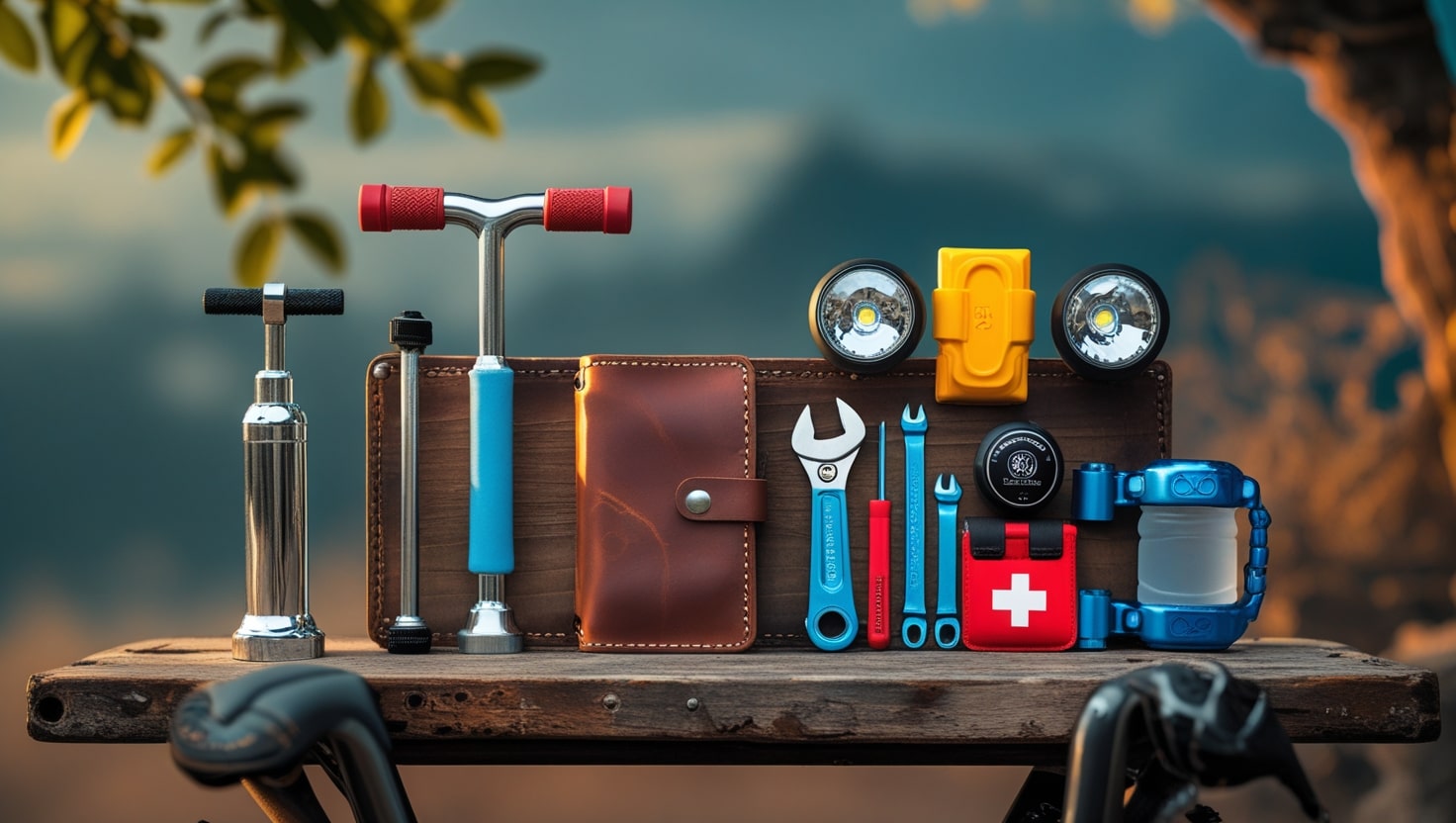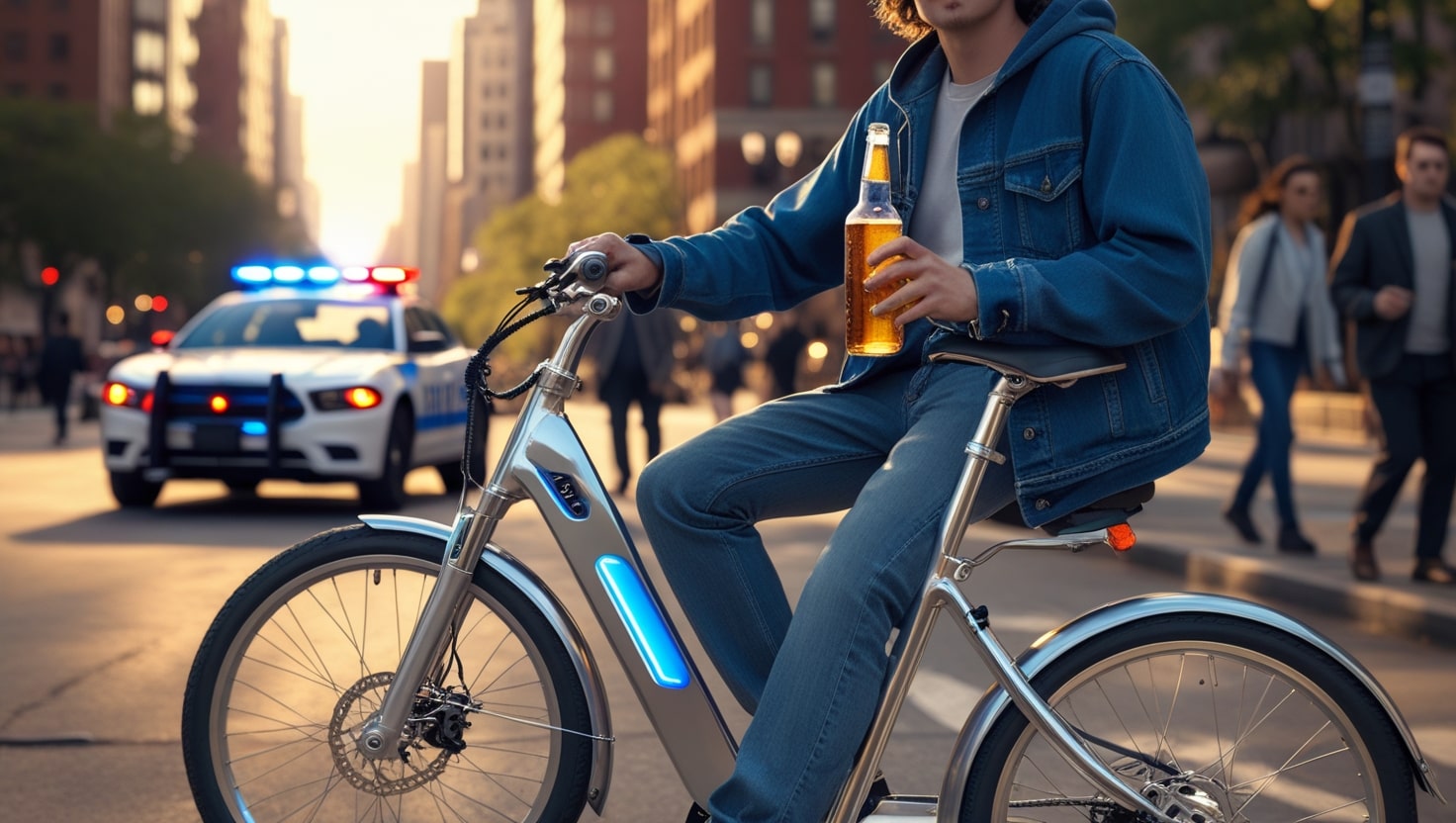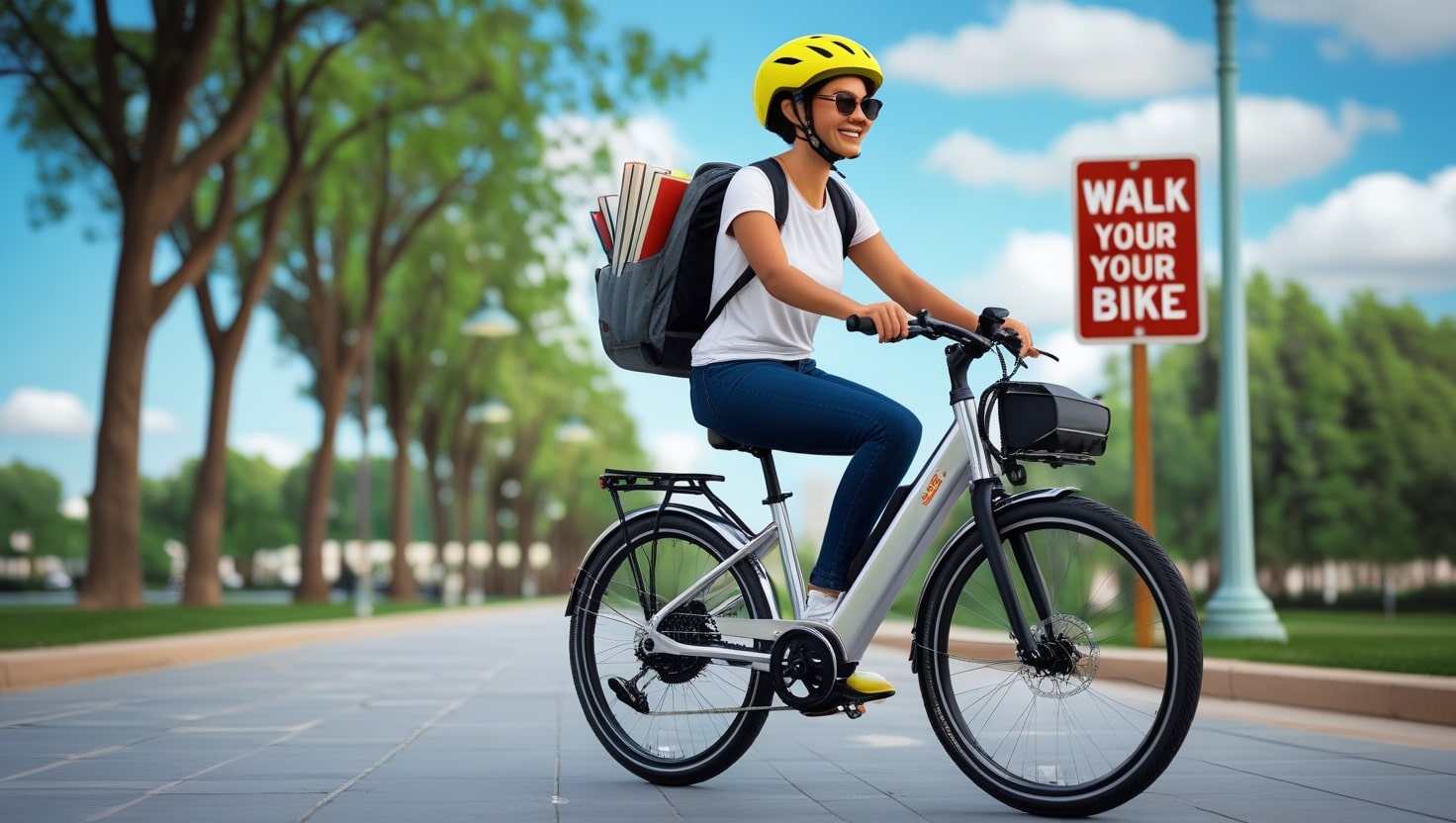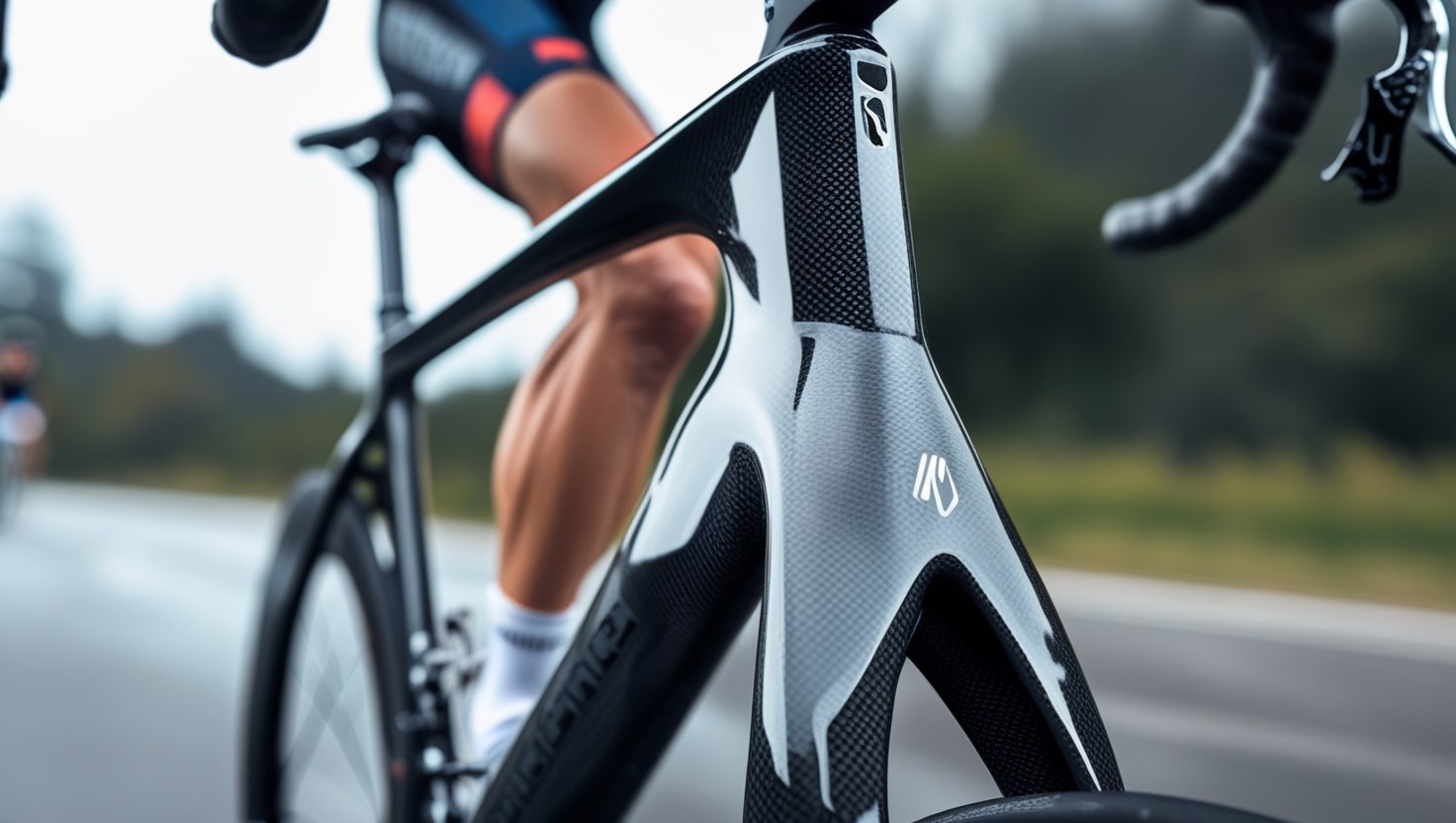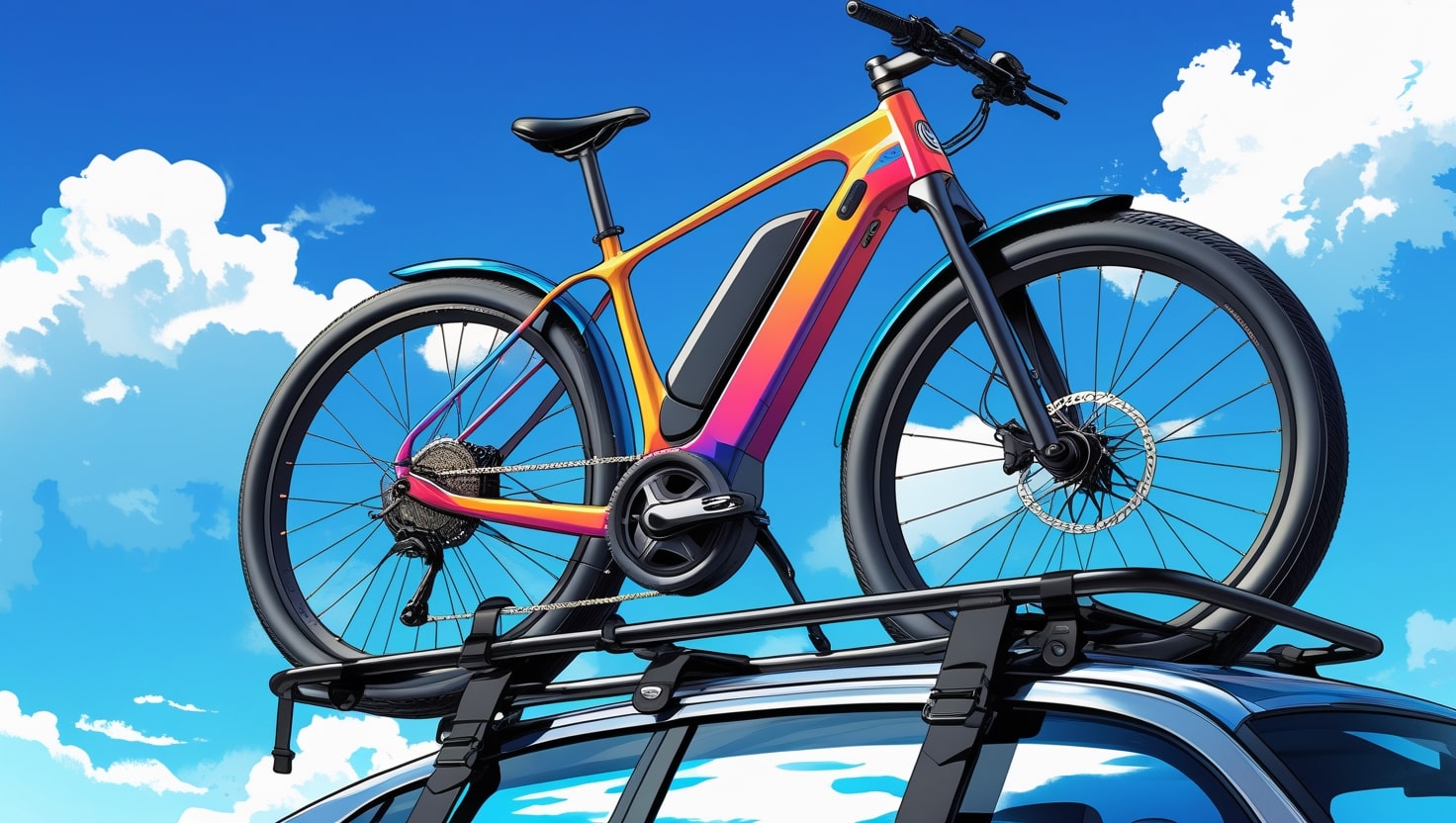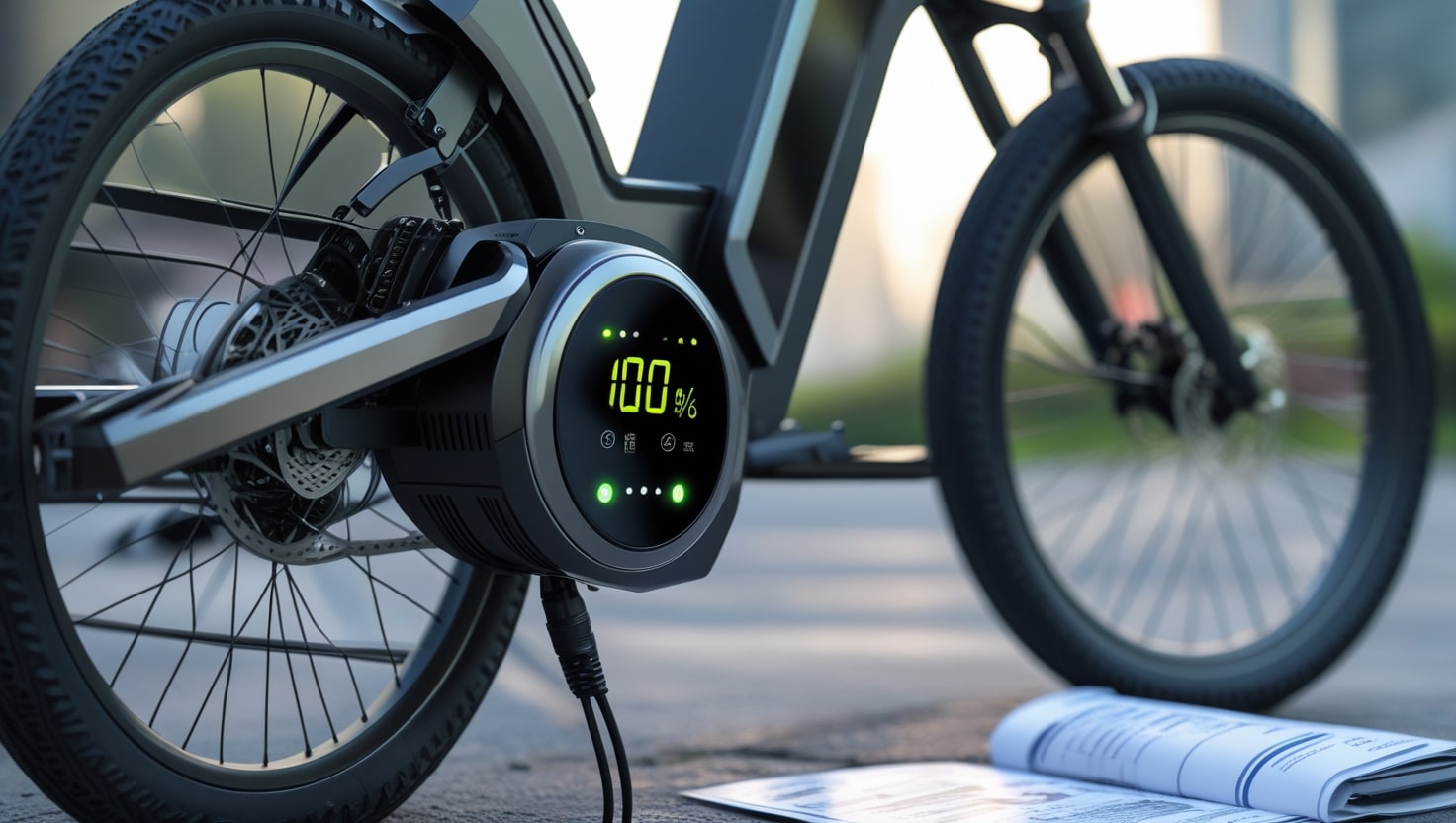In this world, there are two kinds of people: those who love riding their bikes and those who wish they could. I’ve been both. Once a dedicated runner, my transition from running shoes to bike pedals taught me a lot about the essential tools for a bike ride. If you’re reading this blog, you might already be gearing up for your first ride, or maybe you’re just gathering some future knowledge to start pedaling soon.
Preventing bike mechanicals starts well before the ride by making sure:
From my experience, the key to a smooth ride starts long before you hit the road; first, always check if your bike is in good shape, especially your tires, ensuring there are no major nicks or visible holes.
If you’re riding tubeless, confirm you’ve recently refilled the sealant—I personally maintain a chart on the wall of my garage noting the dates for each refill.
Don’t forget about your electronic gear—make sure your GPS and light batteries are fully charged and ready, because getting stranded with dead devices can quickly turn a pleasant trip into something stressful.
Lastly, your chain should always be well lubed—a squeaky chain isn’t just bad for performance but can lead to unnecessary wear, and your bike should remain relatively clean for optimal efficiency.
Tire difficulties account for the majority of cycling problems, but you may significantly increase your odds of successfully finishing each trip by managing tire care and regularly performing the previously mentioned maintenance tasks.
10 essential tools for a bike ride
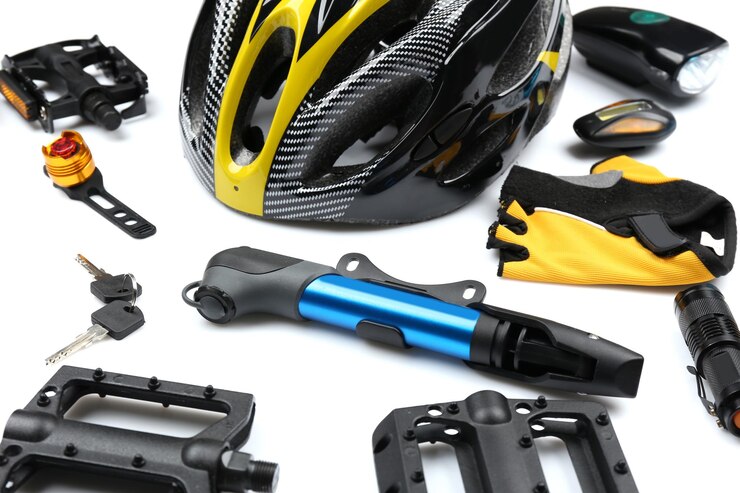
Inner tubes and patches
From experience, being stuck on the side of the road with a punctured tube isn’t fun, especially during a puncture-ridden ride. Always carry at least one spare tube that matches the valve length required by your rims, and make sure it’s the correct width for your tires. This way, you can easily swap it in and deal with patching the damaged inner tube when you’re back home, warm and dry. It’s also wise to pack some self-adhesive patches for emergencies. A neat trick I’ve often relied on is using a cleaned, neatly folded old toothpaste tube as a makeshift solution for covering a badly gashed tire, getting you safely home without further issues.
Tire levers
Having a pair of reliable plastic tire levers makes it much easier to fix a flat, especially if you’re dealing with a stubbornly tight tire. Go for stiff levers that neatly clip together and have a hook to secure onto your spokes. From personal experience, I strongly recommend you avoid using metal ones because they’re more likely to damage your rim. However, always be careful when using levers to put the tire back on—it’s quite easy to pinch and ruin a new inner tube. Ultimately, it’s best to practice the correct technique of working the tire bead onto the rim by hand, so you rarely have to resort to the levers.
Pump/ CO2 canister
Though mini-pumps conveniently slip into your jersey pocket, they’re often not as effective as you’d like for fully pumping up a road tire to the ideal pressure. From my own cycling experiences, I recommend choosing a model that can also accommodate a CO2 canister. These pumps are small and can instantly pump up your tires to a level where you can ride. Plus, if you’re unlucky enough to face multiple punctures, you’ll still have a pump as a standby, allowing you to top off the tire manually even after using all your canisters.

Multitool
Having a reliable multitool can save your day on a long ride. Choose one that includes a good range of allen keys, a screwdriver, and torx heads. From my own rides, I’ve found these tools invaluable when I need to quickly adjust the important bolts on my bike, such as the handlebars, stem, and seatpost clamps, which are common candidates for regular tweaking. Additionally, make sure your multitool has a chain tool—essential for those unlucky moments when you accidentally break your chain mid-ride.
Quick release chain link
While multitool chain tools are handy for dealing with broken chains, they can be slightly fiddly when rejoining links. From my own experience, carrying a quick release chain link is a far more convenient solution. Just make sure you have the correct model for the make of your chain, and practice using its release mechanism at home first—it takes a bit of a knack, but once mastered, it makes roadside fixes incredibly easy.
Related: How to Replace Ebike Battery Lock
Mobile phone
Never underestimate the importance of your phone during a bike ride—it could be vital for calling for help if you’re lost, stuck, or involved in an accident. Emergency situations happen unexpectedly, and emergency workers often first look for a phone. Before you ride, ensure your device is fully charged, protected from the elements, and has an ICE (in case of emergencies) number stored clearly in your contacts. From personal experience, always double-check that any security locks are switched off, as this can speed up assistance when needed. Be aware that relying on your phone’s GPS will drain your battery fast, so manage your usage wisely.
Card and cash
Always take a card when you set out—it’s not just handy for a café stop, but also essential if you end up needing unexpected spares from bike shops along your route. From personal rides, I’ve often used mine to grab a quick coke to power through that tough last 10 km. It’s also a reliable last resort if things go really wrong: most cabs won’t stop for a cyclist stranded on the road, but your card lets you easily book a large enough cab, allowing you to wait somewhere warm and dry until your ride arrives, or enjoy some hot food at a local pub before heading home.
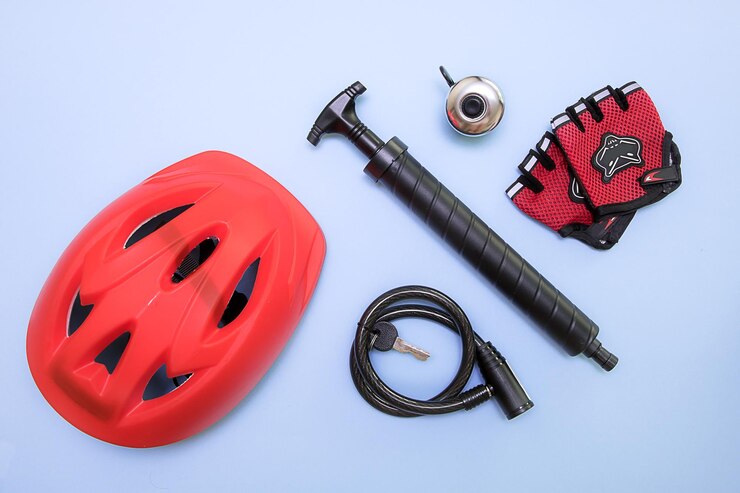
ID
Alongside your card and mobile phone, always consider carrying an ID bracelet or a dog-tag. It makes it significantly easier for emergency services to quickly identify you and contact your family or friends if you’re ever involved in an accident. From my cycling journeys, I know how crucial this is—especially including the names and numbers of your emergency contacts. Don’t forget to clearly mention any important medical information, such as allergies or known conditions, to ensure you get the right help immediately.
Food
Bringing the right food is one of the most advisable things you can do before a ride. Whether you’re out on a short session or tackling a long ride or sportive, you need enough fuel to keep going. I always carry enough to get me through to my planned refueling stop or feed station, plus an hour’s extra just in case of problems. An emergency gel tucked into your pocket is smart too—you never know when a mechanical problem might delay you, or if you’ve misjudged your route or not had enough fuel before starting.
Gilet / waterproof
Even on scorching summer days, bringing along modern gilets or jackets is always a good idea. These layers fold down easily and are small enough to fit into a jersey pocket, making them perfect to carry without any hassle. From my own time cycling through hilly terrain and on mountainous rides, I’ve learned how quickly you can get chilled, especially after stopping to fix a flat or during long, windy descents. A lightweight jacket can make all the difference in comfort and safety on changing roads.
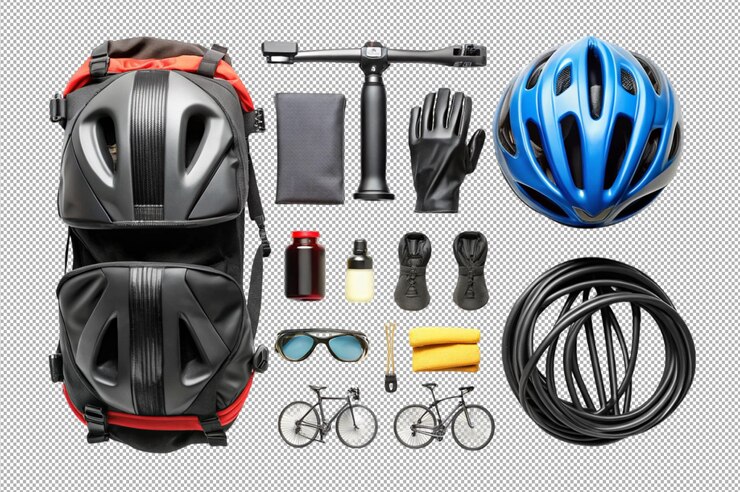
Map
With so many pre-plotted GPS routes and turn-by-turn navigation options available, it’s easy to go on a ride almost blind, with no clear idea of where you are. But devices can fail, and batteries sometimes run out, especially on longer rides. That’s why I always carry a paper map—if I’m in an area I don’t really know, I’ll rip out the page I need from an old road atlas, fold it, and slip it into a zip-lock bag with my cash and card. It holds just enough information to help me work out where I am and where I need to go.
Related: How to Use CO2 Bike Tire Inflator
Helmet
Prioritizing safety starts with a helmet, which can literally save your life even in small crashes.
Modern helmets are more comfortable, stylish, and versatile than ever before.
Mountain bike helmets typically offer extra coverage and come with an adjustable visor.
Road bike helmets are built for ventilation and are so lightweight that you may forget you’re wearing one during a ride.
Hydration
A water bottle is essential to stay hydrated, especially on longer cycling sessions.
Since it’s a full-body workout, having water before, during, and after your ride ensures performance and recovery.
Use bottle cage mounts on your bike to secure your hydration system easily.
Related: CO2 Bike Pump vs Mini Electric Pump
Seat Bag
With all your gear ready, you’ll need a way to store it without cluttering your pockets.
A seat bag is a smart choice to pack your spare tube, tools, wallet, and keys.
These bags offer quick access, stay out of the way, and are easy to mount onto your bike, keeping your ride smooth and organized.
Lights
To see clearly and be seen by others, always use a quality light set that can illuminate the road or trail in front of you.
Lights are just as important for your safety as a helmet, especially when alerting cars, pedestrians, and fellow cyclists on shared trails and roads.
Choose between battery operated or USB rechargeable options depending on your ride preferences.
Lock
Your bike is an investment, and keeping it safe should be a priority.
A keyed lock or combination lock helps secure your ride, with smaller, lightweight options perfect for quick rides to the coffee shop.
For longer stops or higher-risk areas, go with a heavier duty lock designed for an extended period of time.
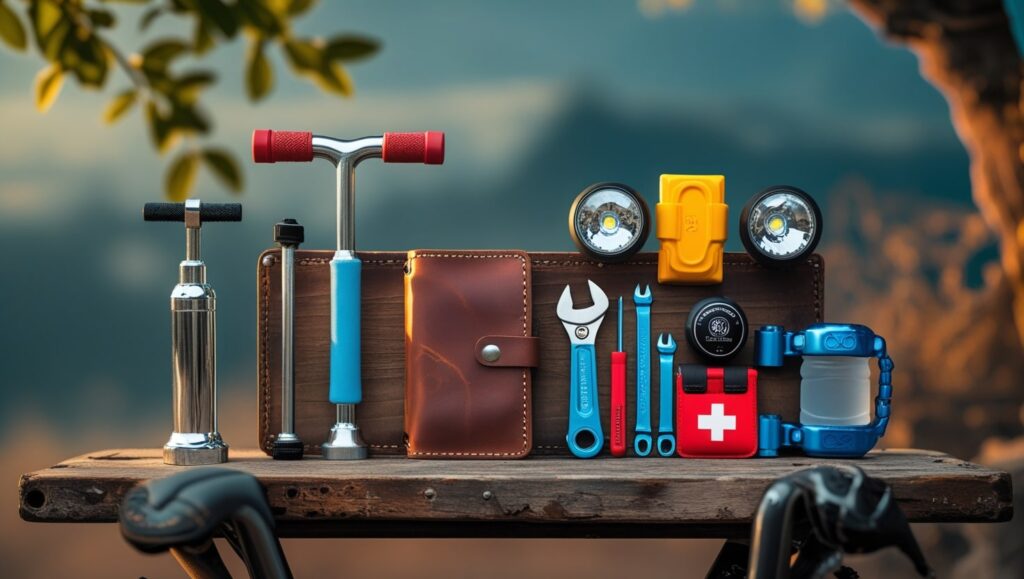
Nutrition
- Having the right food makes a big difference in how well you ride and recover.
- I always pack a mix of energy, electrolytes, protein, and solid nutrition to support my endurance and overall health during and after a ride.
Related: What is a headset on a bike?
Optional tools etc. to carry on your ride:
Electronic Backup:
If you’re riding with SRAM, it’s smart to carry an extra e-tap battery in your saddlebag.
One of the perks of SRAM is the ability to swap batteries easily, so having a spare is handy in case one dies mid-ride.
Chain Maintenance:
For those entering a long gravel event or tough training event on dirt, pack a mini bottle of lube to keep your chain fresh and running smoothly.
Seasonal Comfort:
A spare set of gloves is a must during winter rides to avoid frozen fingers.
In summer riding, I always toss a couple of sunglass wipes in my pocket—they’re perfect for clearing sweat and fog from lenses. I keep boxes of them in the garage just for summer rides.
Conclusion
Over the years, I’ve learned that taking care of your bike and carrying the right basic tools makes all the difference. While some issues can’t always be remedied mid-ride, having what you need often helps you get yourself out of most issues before they ruin the day. Whether you’re out on the road for a long session or just cruising, the right prep helps you avoid problems altogether. And let’s be honest—no one wants to go home early and miss the chance to turn that TrainingPeaks square green.

